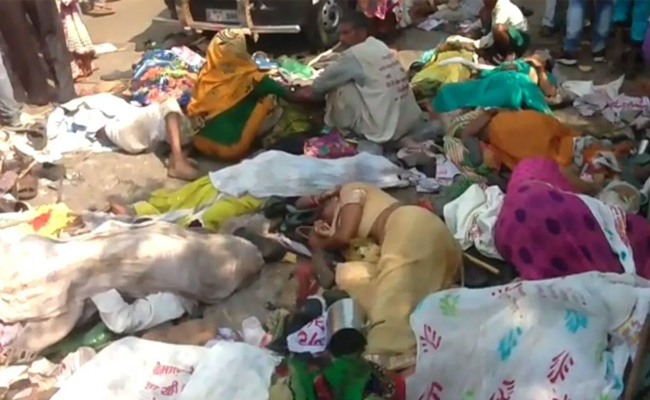
India News

The recent stampede near Bengaluru’s Chinnaswamy Stadium, where 11 people lost their lives amid frenzied celebrations for RCB’s IPL victory, has once again turned national attention to the tragic history of stampedes in India. Fueled by poor crowd management and unchecked public enthusiasm, such incidents have claimed hundreds of lives across the country over the years.
India’s Deadliest Stampede: Mandhardevi Temple, 2005
The most devastating stampede occurred in 2005 at the Mandhardevi Temple in Maharashtra’s Satara district during an annual pilgrimage. More than 340 devotees died after slipping and falling on temple steps slick with smashed coconuts, triggering mass panic.
Jodhpur Temple Stampede, 2008
In 2008, a rumor about a bomb blast at a prominent temple in Jodhpur, Rajasthan, sparked a stampede that killed around 250 people. That same year, in Himachal Pradesh, 162 devotees died near Naina Devi Temple following rumors of a rockslide.
Hathras Satsang Tragedy, 2023
In one of the most recent tragedies, 121 people, including women and children, died in Hathras, Uttar Pradesh, during a religious gathering. Poor crowd control and inadequate arrangements were blamed for the incident.
Ratangarh Temple Stampede, 2013
In Madhya Pradesh’s Ratangarh Temple during the Navratri festival, 115 people died when rumors spread that a bridge was collapsing, leading to a deadly rush.
Sabarimala Stampede, 2011
In Kerala’s Idukki district, 104 devotees lost their lives after a jeep plowed into a group of pilgrims on their way to the Sabarimala shrine, triggering chaos and a stampede.
Other notable stampedes have taken place during Vaikunta Dwara Darshan in Tirupati, Godavari Pushkarams, and the Maha Kumbh Mela, each resulting in dozens of deaths.
These recurring tragedies expose serious lapses in crowd control, infrastructure readiness, and event planning. With lives being lost time and again, the responsibility to prevent such disasters lies squarely with government authorities and event organizers.